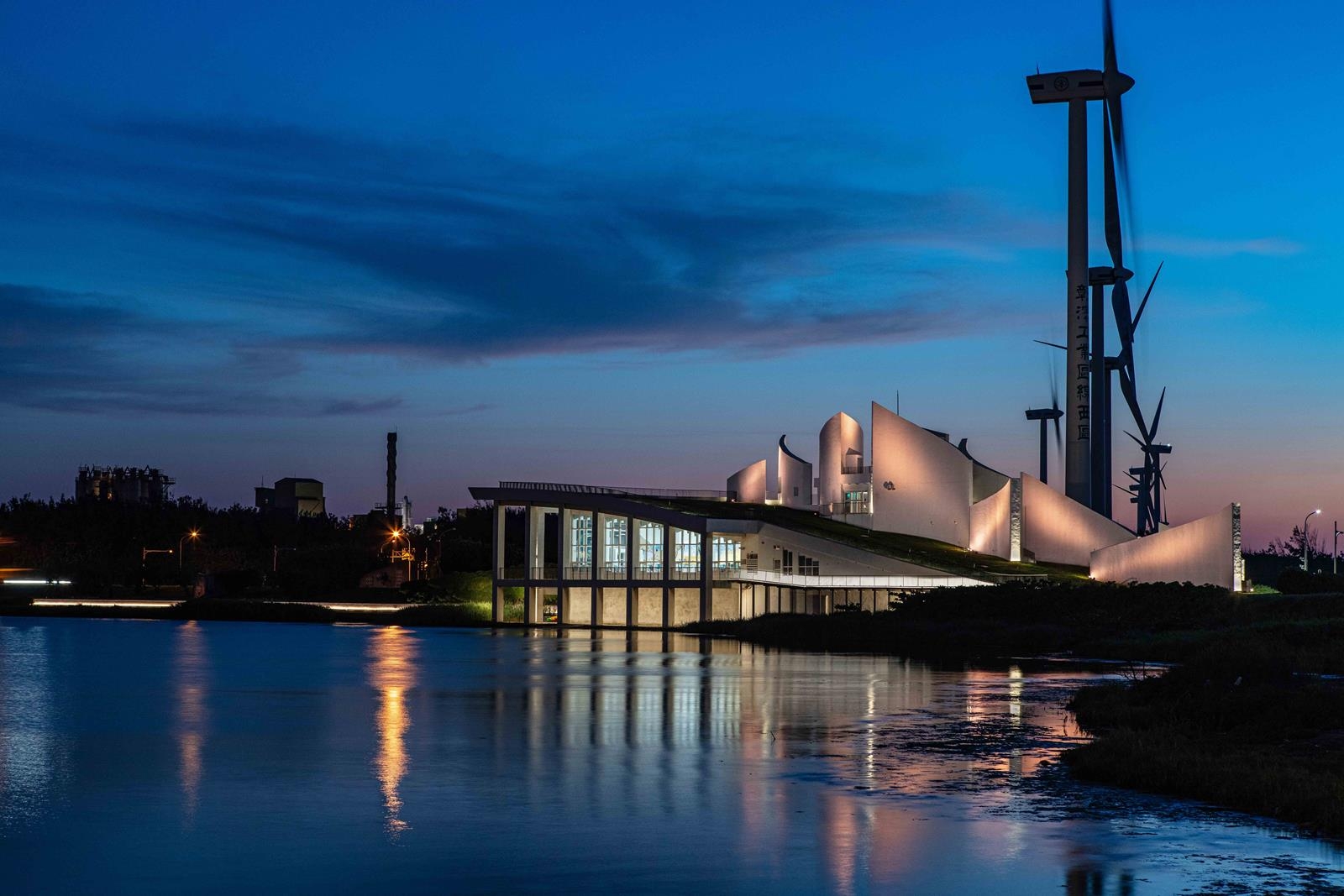Prize(s) Honorable Mentions
Lighting Design/Product Company CosmoC Lighting, Ltd.
Lead Designers Ching-Yu Lin
Other Designer's names KuoChanHuang YiRuZhou JiaRongLu JieYuHuang RueiHanChang JunYanWang YuLingHuang YingPoHsueh
Architecture Company AtelierZo / Itamoto U
Client Changhua County Government
Photo Credits Sen-Yung Liu
Completion Date 2024/10/09
Project Location Changhua County, Taiwan
Entry DescriptionSited within a critical habitat for the endangered Taiwanese white dolphin and a major stopover on an avian migratory flyway, this project’s design philosophy is one of reverence and restraint. It crafts a nocturnal dialogue between architecture and ecology, positing light not as an imposition, but as a medium that reveals and connects, privileging the poetry of shadow as much as light itself. The architectural form of the Nature Education Center becomes the primary luminaire. Precisely aimed beams create soft gradients of luminescence across its curvilinear surfaces, dematerializing its solid structure into an ethereal form that seems to breathe with the surrounding darkness. The resulting kinetic reflections on the water establish a visual dialogue between the static and the fluid. This creates a choreographed nocturnal journey, where the luminous Center acts as a beacon, unifying distant artworks and wind turbines into a singular, contemplative narrative. The result is a poetic nightscape that eschews spectacle for subtlety. It provides a canvas for quiet contemplation, proposing a new design ethos for coastal lighting—one that finds its power not in brightness, but in deep, respectful integration with its environment.
Sustainability ApproachThe site's extreme ecological sensitivity was not a constraint, but the primary driver of design innovation. Acknowledging its critical role on an avian flyway and as a marine habitat, ecological stewardship is our core principle. All fixtures are precisely aimed and shielded, employing warmer, amber-toned spectra known to be less disruptive to wildlife. A bio-adaptive control system utilizes high-efficiency LEDs, with a dynamic calendar that dims significantly during migratory seasons, making the architecture a responsive part of the ecosystem. This synergy of light and form minimizes energy use and establishes a replicable model for responsible placemaking. It proves that a visually inspiring nightscape can coexist with a world-class ecosystem while fostering community pride and sustainable tourism.


